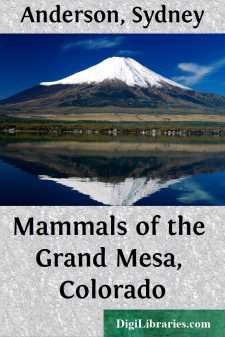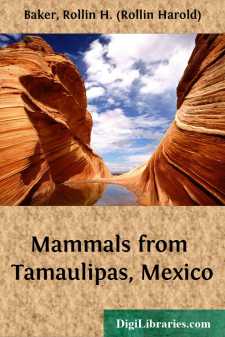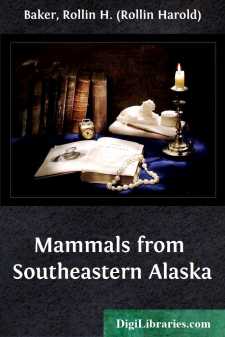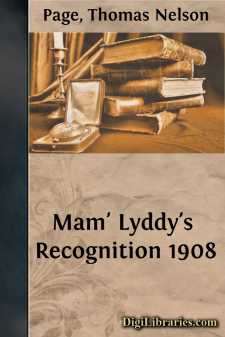Categories
- Antiques & Collectibles 13
- Architecture 36
- Art 48
- Bibles 22
- Biography & Autobiography 813
- Body, Mind & Spirit 142
- Business & Economics 28
- Children's Books 13
- Children's Fiction 10
- Computers 4
- Cooking 94
- Crafts & Hobbies 4
- Drama 346
- Education 46
- Family & Relationships 57
- Fiction 11828
- Games 19
- Gardening 17
- Health & Fitness 34
- History 1377
- House & Home 1
- Humor 147
- Juvenile Fiction 1873
- Juvenile Nonfiction 202
- Language Arts & Disciplines 88
- Law 16
- Literary Collections 686
- Literary Criticism 179
- Mathematics 13
- Medical 41
- Music 40
- Nature 179
- Non-Classifiable 1768
- Performing Arts 7
- Periodicals 1453
- Philosophy 64
- Photography 2
- Poetry 896
- Political Science 203
- Psychology 42
- Reference 154
- Religion 513
- Science 126
- Self-Help 84
- Social Science 81
- Sports & Recreation 34
- Study Aids 3
- Technology & Engineering 59
- Transportation 23
- Travel 463
- True Crime 29
Sort by:
MAMMY TITTLEBACKAND HER FAMILY.I. Mammy Tittleback is a splendid great tortoise-shell cat,—yellow and black and white; nearly equal parts of each color, except on her tail and her face. Her tail is all black; and her face is white, with only a little black and yellow about the ears and eyes. Her face is a very kind-looking face, but her tail is a fierce one; and when she is angry, she can swell it up...
more...
INTRODUCTIONMammals from along the Alaska Highway were obtained for the University of Kansas Museum of Natural History in the summers of 1947 and 1948 by Mr. J. R. Alcorn, field representative of the Museum. He and his family visited Alberta, British Columbia, the Yukon Territory and Alaska in an automobile and trailer from June 9, 1947, to September 6, 1947, and again from June 8, 1948, to August 24,...
more...
by:
Sydney Anderson
The Grand Mesa of Colorado is a westward extension of the mountains of central Colorado, standing more than five thousand feet above the valleys of the Colorado and the Gunnison rivers. To certain montane mammals the mesa is a peninsula of cool, moist, forest surrounded by inhospitable, hot, dry, barren lowland. Few mammals previously have been preserved or reported from the Grand Mesa. Of the species...
more...
The mammalian fauna of the western Dakotas and adjacent Montana is relatively poorly known. Few published reports have dealt with mammals from this part of the Northern Great Plains, and none of these involved detailed study of a restricted area. The present report summarizes information gathered in Harding County, northwestern South Dakota, and includes material on the more than 50 species of mammals...
more...
by:
Sydney Anderson
INTRODUCTION A person standing on the North Rim of the Mesa Verde in southwestern Colorado sees a vast green plain sloping away to the south. The plain drops 2000 feet in ten miles. On a clear evening, before the sun reaches the horizon, the rays of the sun are reflected from great sandstone cliffs forming the walls of deep canyons that appear as crooked yellow lines in the distance. Canyon after...
more...
WHAT species of mammals occur on the "coastal island", barrier beach, of Tamaulipas? Are the closest relatives of these mammals on Padre and Mustang islands of Texas, instead of on the mainland of Tamaulipas, or are the mammals on the barrier beach distinct from all others? These were questions that Dr. von Wedel of Oklahoma City and I asked ourselves in March of 1950 when we were in southern...
more...
Forming the northeastern border of Mexico, Tamaulipas extends in an elongated, north-south direction from the Temperate into the Torrid Zone and contains faunal elements from both the Nearctic and Neotropical regions. The mammals are less known than those from some of the bordering states; for the most part collecting has been limited to a few localities, chiefly along the Pan-American Highway....
more...
The University of Kansas Museum of Natural History received from J. R. Alcorn and Albert A. Alcorn a sizable collection of mammals taken in the summer of 1951 in Alaska. In addition to visiting localities at which they had collected in 1947 and 1948 (see Baker, Univ. Kansas Publ., Mus. Nat. Hist., 5:87-117, 1951) the Alcorns obtained specimens from localities not previously visited in the vicinity of...
more...
THE EAGLE. The Eagle is often called the King of Birds, and therefore it is of him that we ought to speak first. Very likely you have often seen eagles in the Zoological Gardens, and, if so, you know what noble looking birds they are. But they seem very sad in their prison-houses, to which no kindness can ever attach them. They are formed to soar boldly to the top of some lonely mountain height, and...
more...
When Cabell Graeme was courting pretty Betty French up at the Château place, though he had many rivals and not a few obstacles to overcome, he had the good fortune to secure one valuable ally, whose friendship stood him in good stead. She was of a rich chocolate tint, with good features, and long hair, possibly inherited from some Arab ancestor, bead-like black eyes, and a voice like a harp, but which...
more...











